
Climb Kilimanjaro with Local Trekking Experts
Table of Contents Ready for the Challenge? Book Your Kilimanjaro Climb with Kili Quests Today and Choose Your Ideal Route Mount Kilimanjaro, Africa’s highest
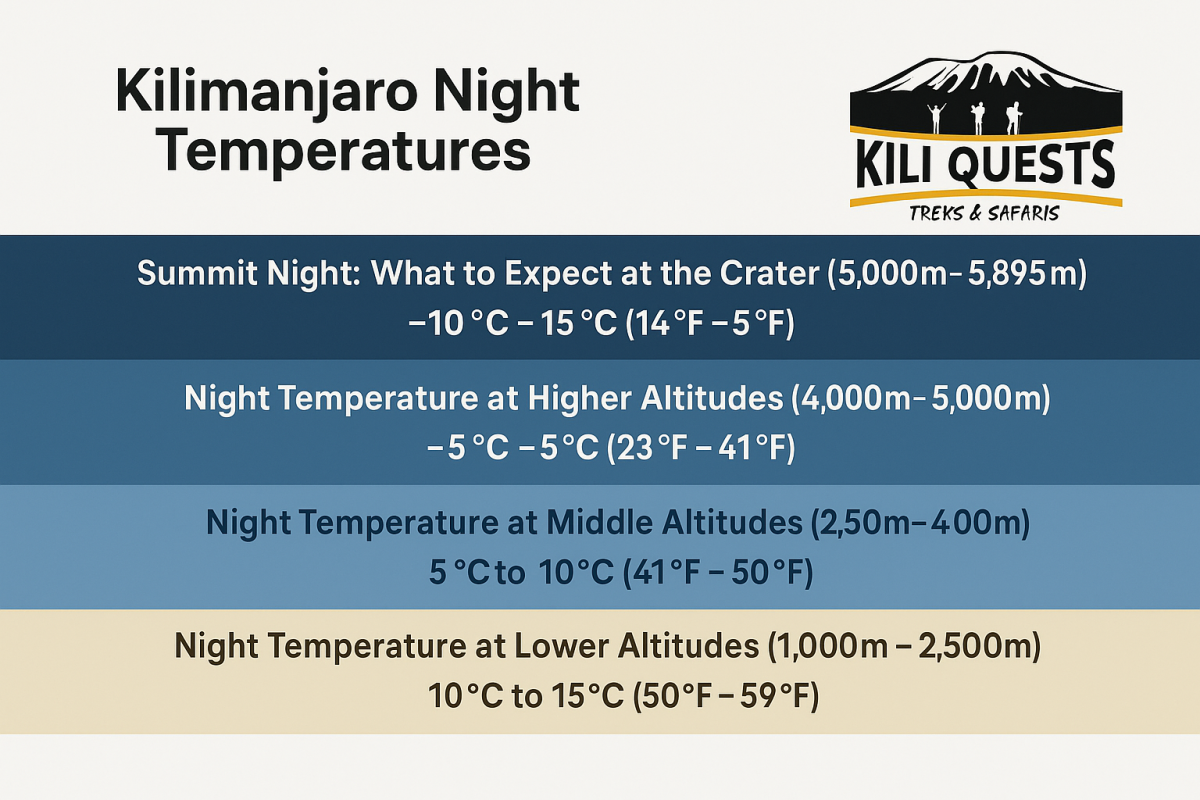
What to Expect
Ecological Zones of Kilimanjaro: A Climber’s Guide – Learn how each zone affects your comfort and gear.
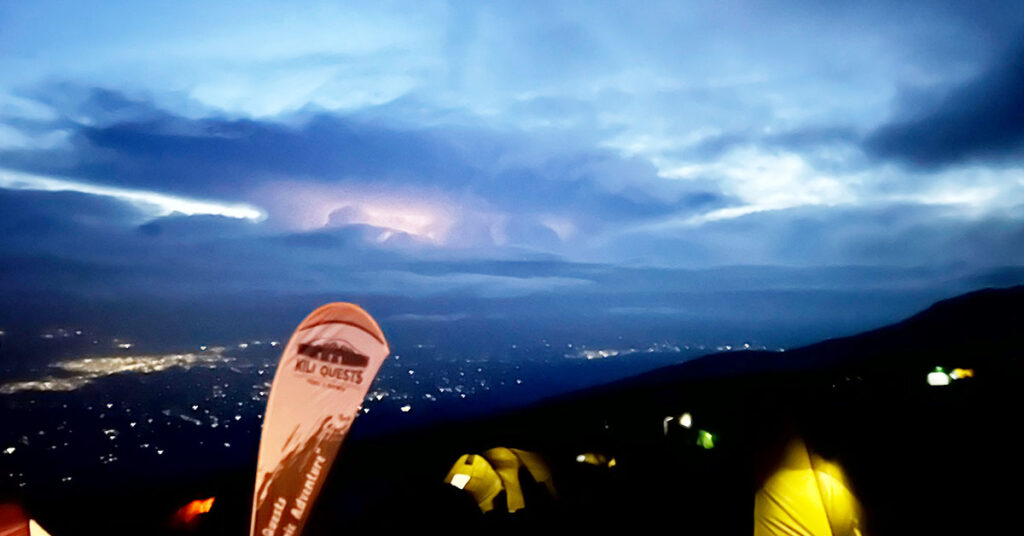
Kilimanjaro Summit Day Gear Checklist – Don’t underestimate what you need for summit night.
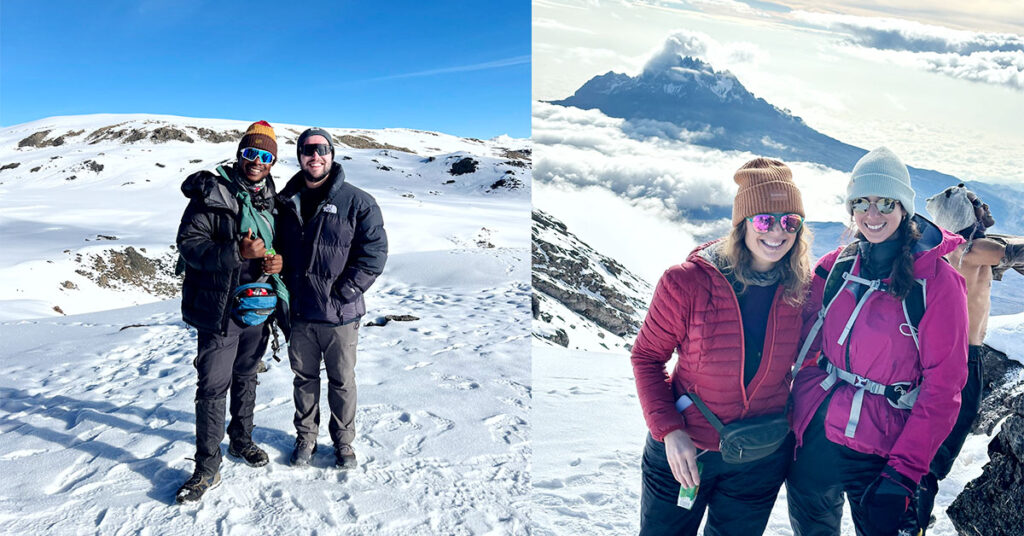

Table of Contents Ready for the Challenge? Book Your Kilimanjaro Climb with Kili Quests Today and Choose Your Ideal Route Mount Kilimanjaro, Africa’s highest
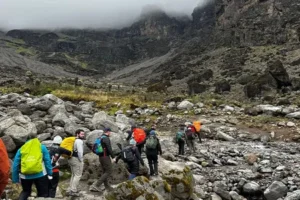
Table of Contents Beginner’s Guide to Climbing Kilimanjaro: FAQs for First-Time Trekkers Climbing Mount Kilimanjaro is a bucket-list adventure for many — and yes,
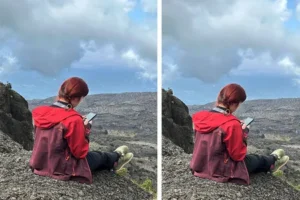
Table of Contents Altitude Sickness on Kilimanjaro: What You Need to Know Mount Kilimanjaro rises to 5,895 meters (19,341 ft) — a height where
@2025 Kili Quests. All rights reserved.